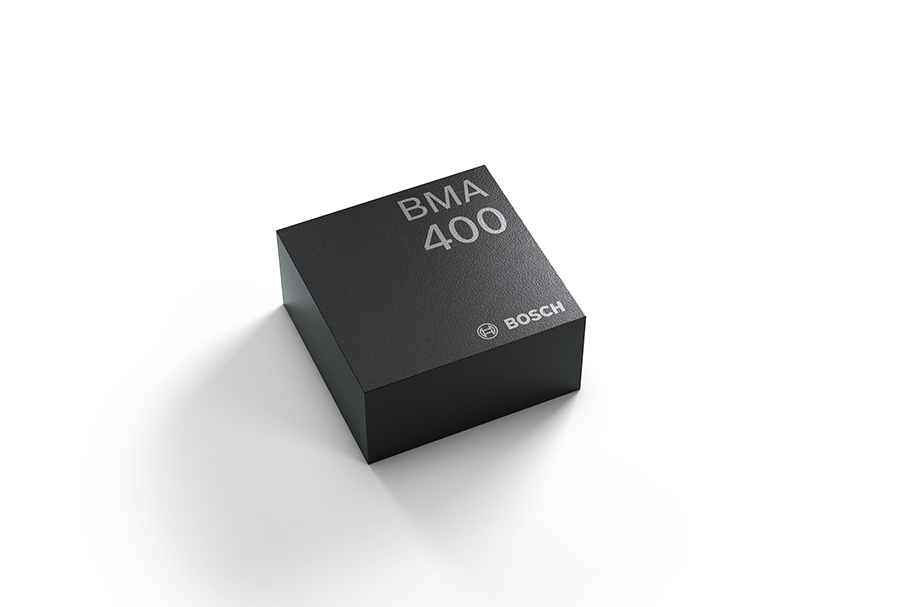German Sensor maker Bosch Sensortec has launched its BMA400, an ultra-low power MEMS acceleration sensor for IoT and wearable devices. Its low current consumption, embedded plug-and-play step counting, and activity recognition features substantially extends battery life of wearables such as fitness trackers and smartwatches. It has the ability to wake up automatically upon detecting motion and return to sleep mode when the movement ends, avoiding waking the main application processor. This feature significantly reduces battery consumption to extend charging intervals.
Related Flexible self-powered biosensors for Precisely and Continuously Monitoring Biological Signals
The BMA400’s continuous measurement capabilities and always-defined bandwidth make it an ideal choice for hassle-free usage in IoT applications like indoor climate systems and security systems in smart homes. For instance, the sensor can distinguish between genuine alarms like broken glass and false signals coming from random vibrations, thus avoiding false alarms.
Honored with CES 2018 Innovation Award, the BMA400 is ideal for home use where the homeowner do not have to replace batteries frequently, because of its ultra-low power consumption.

Until recently, engineers designing an accelerometer had two choices: low power or high performance. However, the BMA400 combines both ultra-low power and outstanding performance. Its built-in step counter uses only 4 µA. Overall, the BMA400 consumes ten times less current than existing accelerometers.
With its built-in voltage regulator, the BMA400 delivers stable performance over a wide supply voltage range. It also has flexible device tuning for power consumption, noise and ODR (output data rate) parameters. The sensor has a current consumption of 14 μA at highest performance, continuous measurement and a noise density of 180 μg/√Hz.
Related Wearables with IoT Connected Sensors Helping to Improve Worker Safety
Due to its compact size of only 2.0 x 2.0 x 0.95 mm³ and the integrated plug-and-play step counter, it can be easily designed into wearables such as regular watches and jewelry.












